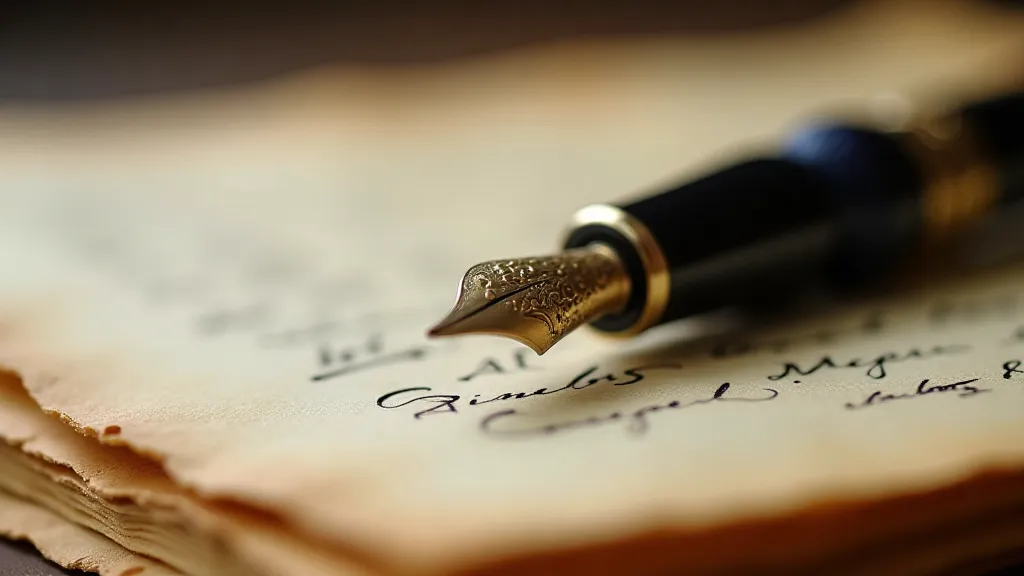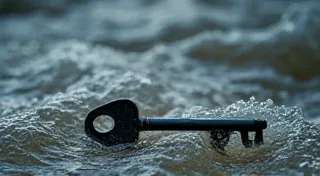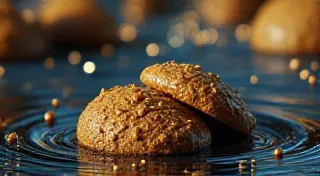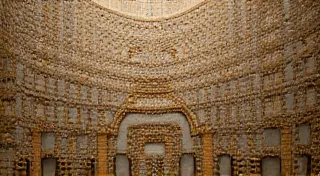Ink's Apothecary: Addressing Common Pen Maladies & Their Remedies
There's a quiet romance in holding an antique calligraphy pen. Not just the elegant lines it *can* produce, but the echoes of the hands that held it before – the scribe meticulously crafting legal documents, the poet penning verses for a beloved, the student diligently practicing their strokes. These aren't just tools; they're time capsules, tangible links to a world where craftsmanship reigned supreme and every mark was imbued with intention. But time, relentless and unforgiving, takes its toll. Ink dries, metal corrodes, and plastics become brittle. So, let us become ink apothecaries, diagnosing and treating the common maladies that afflict these venerable instruments.
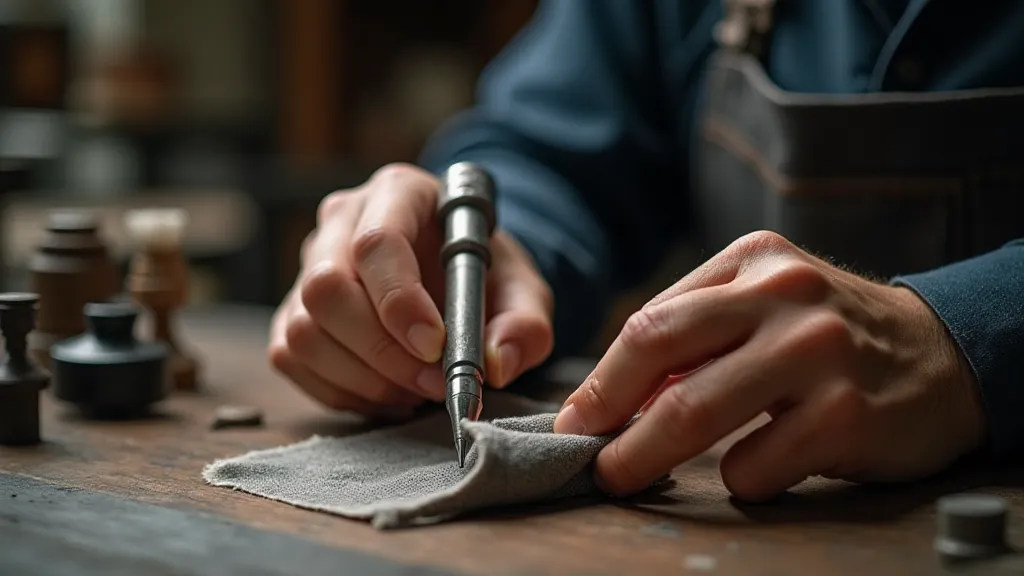
The Case of the Clogged Nib: Addressing Dried Ink
The most frequent complaint we hear – and the easiest to rectify – is a clogged nib. Dried ink, the bane of every pen enthusiast, is a surprisingly aggressive foe. It’s not merely a matter of inconvenience; it’s a slow poisoning of the delicate mechanism, a gradual halting of the pen’s ability to breathe. Think of it like a tiny, internal landslide, blocking the passage for the lifeblood of the pen – the ink itself. The act of smoothing a nib can be surprisingly complex, and understanding the underlying mechanics helps greatly.
Historically, the inks used were often vastly different from the pigments we use today. They were often made from natural dyes and binders, sometimes containing gum arabic or honey – ingredients that, while contributing to rich color, also contributed to a sticky residue when dried. A 19th-century scrivener likely faced this problem regularly, employing methods – often involving hot water and vigorous scrubbing – that we might consider a bit harsh by modern standards. Fortunately, we have kinder methods at our disposal.
The first step is a thorough soak. Warm (not hot!) distilled water is your friend. Submerge the nib and feeder (if present) in the water for several hours, or even overnight. The goal is to gently dissolve the dried ink without damaging the metal. Following the soak, a meticulous cleaning with a soft brush – a toothbrush with the bristles trimmed down works remarkably well – is essential. Gently work the brush around the nib tines, ensuring you reach every nook and cranny. For stubborn blockages, a specialized nib cleaning solution can be used, but always dilute it according to the instructions and test it on a small, inconspicuous area of the pen first. Sometimes, even with careful cleaning, achieving that perfect flow requires a more involved process akin to smoothing a nib, ensuring an even distribution of ink and a pleasurable writing experience.
The Wobbling Tines: A Nib Adjustment Primer
A wobbling nib, or misaligned tines, is a more complex issue. It’s often the result of age, pressure, or even a minor drop. Imagine the nib as a delicate pair of dancers, their movements perfectly synchronized to produce a graceful flow of ink. When those dancers falter, the rhythm is lost, and the writing becomes erratic. A wobble doesn't always render the pen unusable; it often just alters the character of the writing, lending a peculiar charm. However, for those who seek a more consistent stroke, adjustment is possible.
The art of nib adjustment is both delicate and surprisingly simple. It’s a matter of subtly shifting the nib tines, bringing them back into alignment. This requires patience and a very light touch. Specialized nib-aligning tools exist, but often, a pair of smooth-jawed pliers or even your fingers can achieve the desired result. The key is to apply minimal pressure, making tiny adjustments and testing the flow after each one. Think of it like tuning a violin; a few degrees can make all the difference. It’s crucial to remember that the stories and markings sometimes found etched onto these pens can be fascinating insights into the past, and attempts at cleaning and restoration should be undertaken with respect; one might find deciphering inscriptions a worthwhile endeavor.
Before attempting an adjustment, it's vital to understand the construction of the nib. Different nib designs require different approaches. A flexible nib, for instance, might tolerate a more aggressive adjustment than a stiff, utilitarian nib. Research is key. Consult online forums and restoration guides to gain insights into the specific nib you are working with.
The Fading Finish: Addressing Corrosion and Surface Damage
Corrosion, often appearing as a dull, mottled finish, is another common affliction. It’s the relentless march of oxidation, a chemical reaction that weakens the metal and diminishes its beauty. Antique pens, especially those made of silver or other precious metals, are particularly susceptible. Early plastic pens, often made from cellulose acetate or ebonite, can become brittle and crack.
The best defense against corrosion is prevention. Store your pens in a dry environment and clean them regularly. However, even with the best care, some degree of corrosion is inevitable. Mild surface corrosion can often be removed with a polishing cloth and a specialized metal polish. For more severe cases, a more aggressive polishing technique may be required, but this should be undertaken with extreme caution, as it can remove detail and alter the original finish. The character of a pen lies not just in its functionality, but in the marks of time it bears. Completely eradicating every imperfection risks erasing a piece of its history.
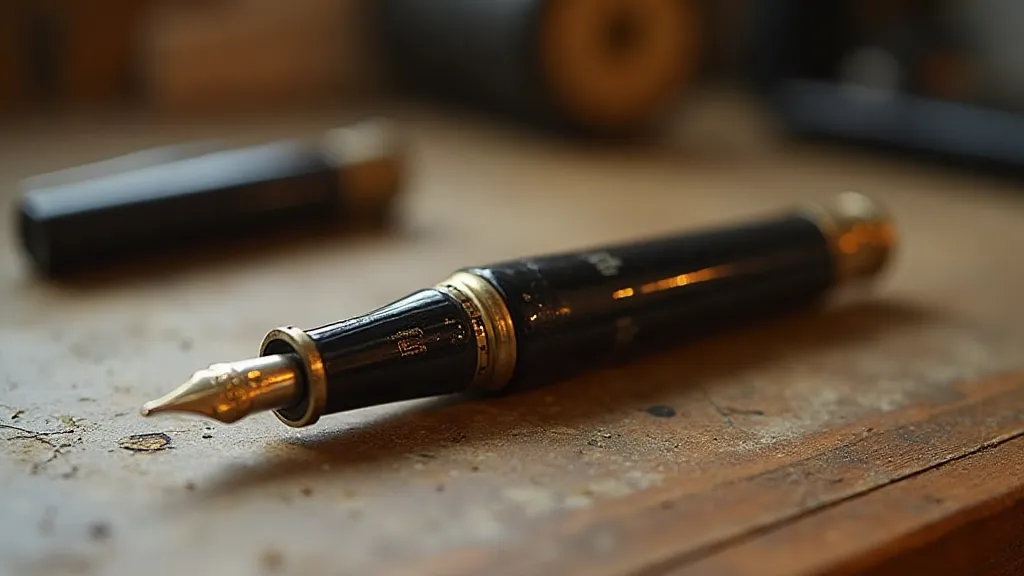
The Brittle Barrel: Stabilizing Early Plastic Pens
Early plastic pens present a different set of challenges. These materials, while revolutionary for their time, are often inherently unstable. Cellulose acetate, for example, can become brittle and prone to cracking with age and exposure to heat and light. Ebonite, while more durable, can also become hardened and susceptible to damage.
There’s no miracle cure for brittle plastic. However, certain treatments can help to stabilize the material and prevent further deterioration. Humidification, for example, can help to soften the plastic and make it more pliable. However, over-humidification can lead to warping and other problems, so it's crucial to maintain a balanced environment. Avoid exposing your pens to direct sunlight or extreme temperatures. Handle them with care, avoiding any unnecessary pressure or stress. The emotional connection one feels to these pens can be profoundly rewarding; many restorers find a deep satisfaction in preserving the echoes of the past through the act of careful repair.
Recognize that these pens are fragile relics. Attempting extensive repairs on a heavily damaged plastic pen can often do more harm than good. Sometimes, the best course of action is to simply appreciate the pen for what it is – a beautiful example of a bygone era, bearing the marks of its long and eventful life. Often, those marks and imperfections tell a story more compelling than any pristine, manufactured object ever could.
A Legacy Preserved
Restoring antique calligraphy pens is more than just a technical exercise; it’s an act of preservation, a way to honor the craftsmanship of the past and ensure that these beautiful objects continue to inspire for generations to come. It’s about understanding the stories these pens hold, the lives they touched, and the artistry that went into their creation. Each cleaned nib, each adjusted tine, each stabilized barrel is a small victory, a reaffirmation of the enduring power of human ingenuity and artistry. Just as the ancient apothecary carefully measured and mixed his remedies, we too must approach this work with reverence and a deep appreciation for the legacy we are entrusted to preserve. And sometimes, a broken component can be reborn; understanding how to reimagine broken pen components allows for a sustainable approach to restoration, breathing new life into discarded materials.
